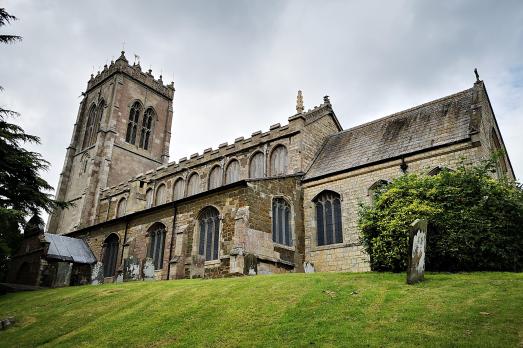
St Peter & St Paul
Burgh le Marsh, Lincolnshire | PE24 5DY
This fine medieval marshland parish church with its impressive tower, can be found situated in the former market town of Burgh le Marsh.
Search for a fascinating place to visit, or see the variety of churches, chapels and meeting houses we have supported.

Burgh le Marsh, Lincolnshire | PE24 5DY
This fine medieval marshland parish church with its impressive tower, can be found situated in the former market town of Burgh le Marsh.
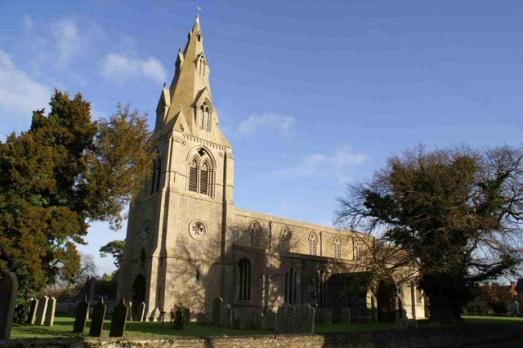
Warmington, Northamptonshire | PE8 6TE
The interior of the church is 13th century at its best, with a wooden roof in imitation of stone vaulting and one of the best collections of Green Men in England.
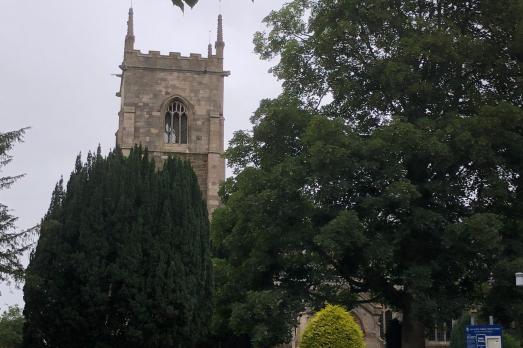
Croft, Lincolnshire | PE24 4RX
A beautiful greenstone church consisting of chancel, spacious clerestoried nave, side aisles, porch and western tower carrying six bells.

North Kilworth, Leicestershire | LE17 6HZ
An early English building (c1160) with naval and military memorials, including a VC.
We have supported this church
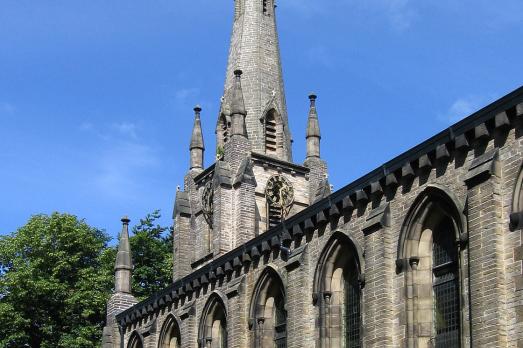
New Mills, Derbyshire | SK22 4NP
Offering a welcome from the edge of the Peak District; designed in 1830 by RD Chantrell with a plainly dcorated nave and raised galleries.
We have supported this church
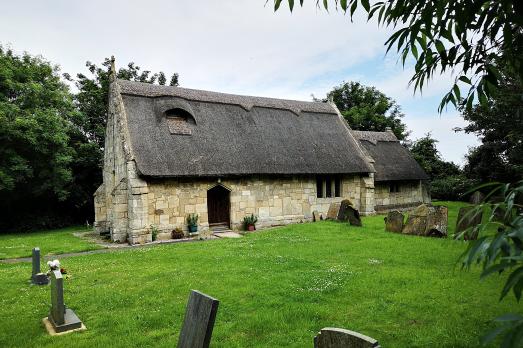
Markby, Lincolnshire | LN13 9QJ
The only thatched church in Lincolnshire.
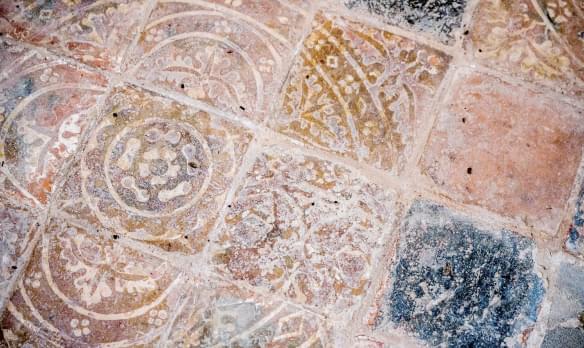
Oundle, Northamptonshire | PE8 4GH
It is not known when Oundle School was founded but it was reendowed in 1556 by William Laxton, Master of The Grocers Company and Lord Mayor of London.
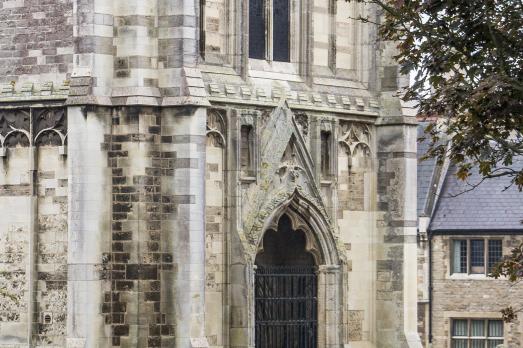
Oundle, Northamptonshire | PE8 4AL
This church is consistently described as beautiful and elegant, it has the tallest spire in the county, standing a magnificent 210 feet high with many interesting and quirky items within.

Wincle, Cheshire | SK11 0QH
The church was originally built in 1647 but virtually rebuilt in 1882 by the architect Edward Witts.
We have supported this church

Saltfleetby, Lincolnshire | LN11 7TU
The leaning tower of Lincolnshire.

Attleborough, Warwickshire | CV11 4TS
Welcome to Holy Trinity, Attleborough, on the edge of Nuneaton - we have a beautiful church and churchyard and we would love to see you!

Farnley Tyas, Yorkshire | HD4 6TZ
The village was recorded in the Domesday Book of 1086 as ‘Ferlei’ or ‘Fereleia’ which is thought to mean either ‘lea of the ferns’ or ‘the far lea’.